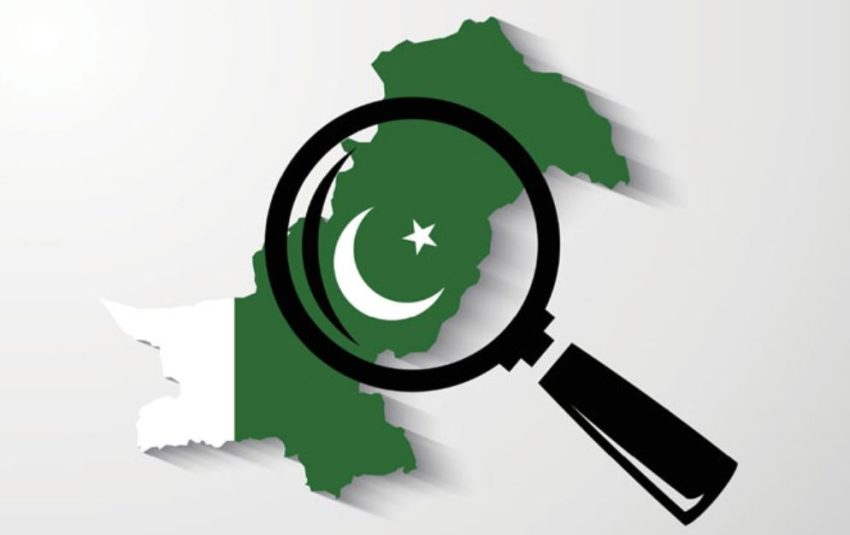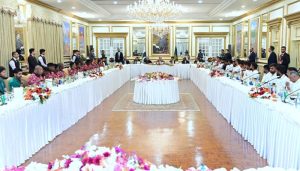Can an administrative structure designed for a bygone era effectively serve a dynamic nation of 250 million people? For decades, Pakistan has grappled with a persistent question: why do basic services like quality education, accessible healthcare, and viable employment remain out of reach for so many? We often search for complex answers, yet a fundamental truth lies at the heart of our struggle: our governance system is overburdened, remote, and ill-equipped to meet the aspirations of its people. The solution is not to simply manage this system better, but to reimagine it.
The time for a bold national conversation is now. We must move beyond the legacy of just four large provinces and embrace the creation of smaller, empowered, and efficient administrative units. This is not a call for division, but a strategic vision for multiplication—multiplying opportunity, strengthening unity, and unlocking the vast, untapped potential of every corner of our nation.
How More Provinces Pave the Way for Progress
The creation of new provinces is a direct pathway to empowering citizens and ensuring that governance truly serves the people.
First, it brings decision-making closer to home. When provincial capitals are hundreds of miles away, the unique needs of a farmer in rural Sindh or a small business owner in Southern Punjab can become lost in layers of bureaucracy. Smaller provinces mean that local leaders, who live and breathe the realities of their communities, are empowered to craft policies that are relevant, timely, and effective. It means schools are built where children need them, clinics are staffed to address local health challenges, and infrastructure projects are designed to spark regional economic growth, not just serve established urban centers.
Second, it fosters equitable development and healthy competition. A more devolved structure ensures a fairer distribution of national resources, breaking the cycle of neglect that has left many regions lagging behind. When new provincial governments are responsible for their own economic progress, they are incentivized to create business-friendly environments, attract investment, and harness their unique local resources, be it agriculture, tourism, or industry. This creates a vibrant tapestry of regional economies, leading to more balanced and sustainable national growth.
Finally, and most importantly, it strengthens the federation. True national unity is not born from a single, centralized authority, but from a system where every citizen feels seen, heard, and valued. By creating more provinces, we address long-standing grievances of marginalization and give diverse communities a genuine stake in their own governance. When people feel that their voice matters and that their government is working for them, their sense of belonging and their commitment to the national cause are profoundly deepened.
The Necessary Steps on the Journey Forward
This transformative vision cannot be realized overnight. It requires a clear, collaborative, and courageous approach.
The first and most critical step is to build a national consensus. This conversation must rise above partisan politics and be guided by the collective interest of the nation. Political parties, civil society, academics, and community leaders must come together to forge a shared understanding that a new administrative framework is essential for Pakistan’s long-term stability and prosperity.
Following this, a constitutional and legal roadmap must be developed. A dedicated, non-partisan parliamentary commission should be tasked with a thorough and inclusive process. This body would delineate new provincial boundaries based on criteria of administrative viability, population, geographic coherence, and shared socio-economic interests—not on narrow ethnic or linguistic lines. Its recommendations should pave a clear, democratic, and equitable path forward.
Lastly, the implementation must be phased and carefully managed. Creating new administrative structures is a complex undertaking that requires meticulous planning to ensure a seamless transition of civil services, financial resources, and legal systems. A thoughtful, step-by-step approach will ensure stability and build public confidence in the process.
The choice before us is clear. We can continue with an administrative model that is struggling to keep pace with the needs of our people, or we can take the bold and necessary step to build a more responsive, equitable, and prosperous Pakistan. The creation of more provinces is not just an administrative reform; it is the foundation for a revitalized federation where power rests with the people and the promise of a brighter future is accessible to all.














